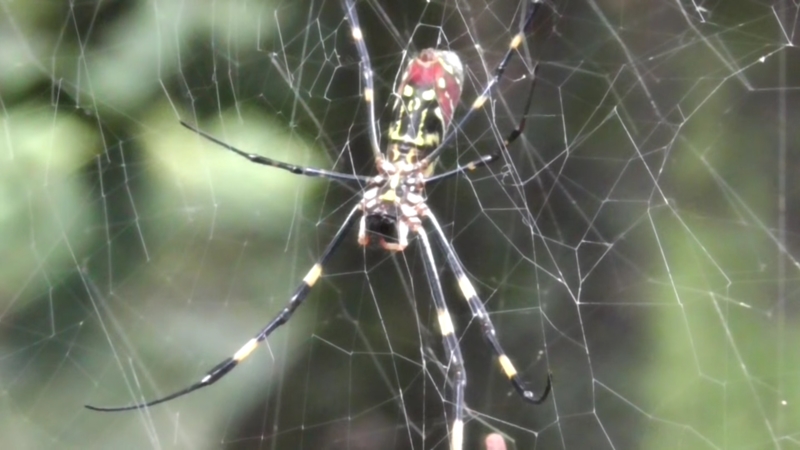No homeowner likes pests. Be it the pesky (but somehow cute) vole that can eat up your perfect lawn, to an invasion of carpenter ants, to mosquitos, to an infestation of termites that can literally eat you out of house and home, battling little critters seems like a never-ending battle. In fact, when you feel like you can’t handle the pest problem on your own, you truly have no choice but to consult professionals.
Says insect, rodent, and mosquito control, Woodland Hills, CA company, Facility Pest Control, is your home is being overrun by pests? If so, you can fight back with professional pest control services.
Pests come in many forms including gophers, spiders, ants, mosquitos, cockroaches, bees, flies, rats, and even bed bugs. If you’re invaded by any or all of these pests, it’s important to bring “stability back to your home.”

These days it’s important to look for pest control professionals who can handle your unique problem with the latest in pest management techniques. These might include eco-friendly pest control solutions that don’t result in sick pets and homeowners.
That said, both homeowners and pest control professionals just might be facing their biggest challenge yet in the form of a spider that’s so big and propagating so fast along the U.S.’s northeast corridor, that it seems like a sci-fi plot scripted in Hollywood.
According to a new report by CBS News, researchers have reported a big spider that’s said to be native to East Asia and Japan that has flourished in Georgia in 2021. This year, the monster of a spider is expected to spread throughout much of the East Coast, from Florida all the way up to Maine.
Last year, the Joro spider’s massive “golden web” is said to have taken over backyards all throughout North Georgia, causing some terrified residents to run for cover back inside their homes.
In fact, millions of these palm-to-plate-sized spiders (yes, they’re that big), have managed to spin three-dimensional webs in dozens of counties in Georgia, or so reports the University of Georgia.
More recently, the spider was also spotted propagating in South and North Carolina. This has caused entomologists to believe that their spread throughout the entirety of the southeast and northeast is entirely inevitable.
Researchers from the University of Georgia say the Joro spider is actually engineered to thrive in colder temperatures that its more heat-loving eight-legged cousins who routinely seek out warm spaces in homes as the onset of winter occurs.
The Joro possess double the metabolism of other spiders common to the northeast, along with a 77 percent higher heart rate. Experts say that it can “survive a brief freeze” that would surely destroy its spider cousins.
Joros are said to be found all over Japan, a country that maintains a similar climate to the United States.
Says one of the University of Georgia’s researchers, the ability of the Joro to withstand the cold means it will most definitely propagate all along the Eastern seaboard which is a “pretty sobering” reality.
The scientific name of the Joro spider is Trichonephila clavate. It belongs to a group of spiders that are well known as “orb weavers” which produce highly structured and planned webs that are shaped like wheels.
The Joro female possesses colorful blue, red, and yellow markings on their abdomens and long, spindly legs. They can measure anywhere from three inches to six inches across with their legs extended fully.
The spider is also capable of creating a web that acts like a parachute, making it a “flying spider,” quite literally. This can be quite unsettling if a Joro were to suddenly, and unexpectedly, land on you.
It remains unclear how the Joro arrived in the U.S. and in Georgia in particular in 2021, especially during the pandemic lockdowns. But it is believed that the spider must have arrived in one or more shipping containers that were delivered somewhere along Georgia’s Interstate 85.
Read Also:
To be clear, the Joro’s impact on the environment and its native species is not known. A few researchers even claim they are “benign.”
But one thing is for certain, while it’s not believed the spider’s venom is poisonous, it does possess long fangs. If cornered, it will attempt to bury those fangs in your skin and flesh. Something to seriously consider if a giant Joro spider should happen to land in your hair via one of its parachute webs.
Nancy Hinkle, an entomologist at the University of Georgia, has a more optimistic attitude regarding the arrival of our new Japanese arachnid friends. Since they feed largely on mosquitos, biting flies, and stink bugs, they will actually be beneficial to average humans and farmers.
“This is wonderful,” Hinkle goes on. “Spiders are our friends.” One wonders if that’s what she will be thinking when she gets into bed one night and finds one of the giant spiders crawling up her leg.